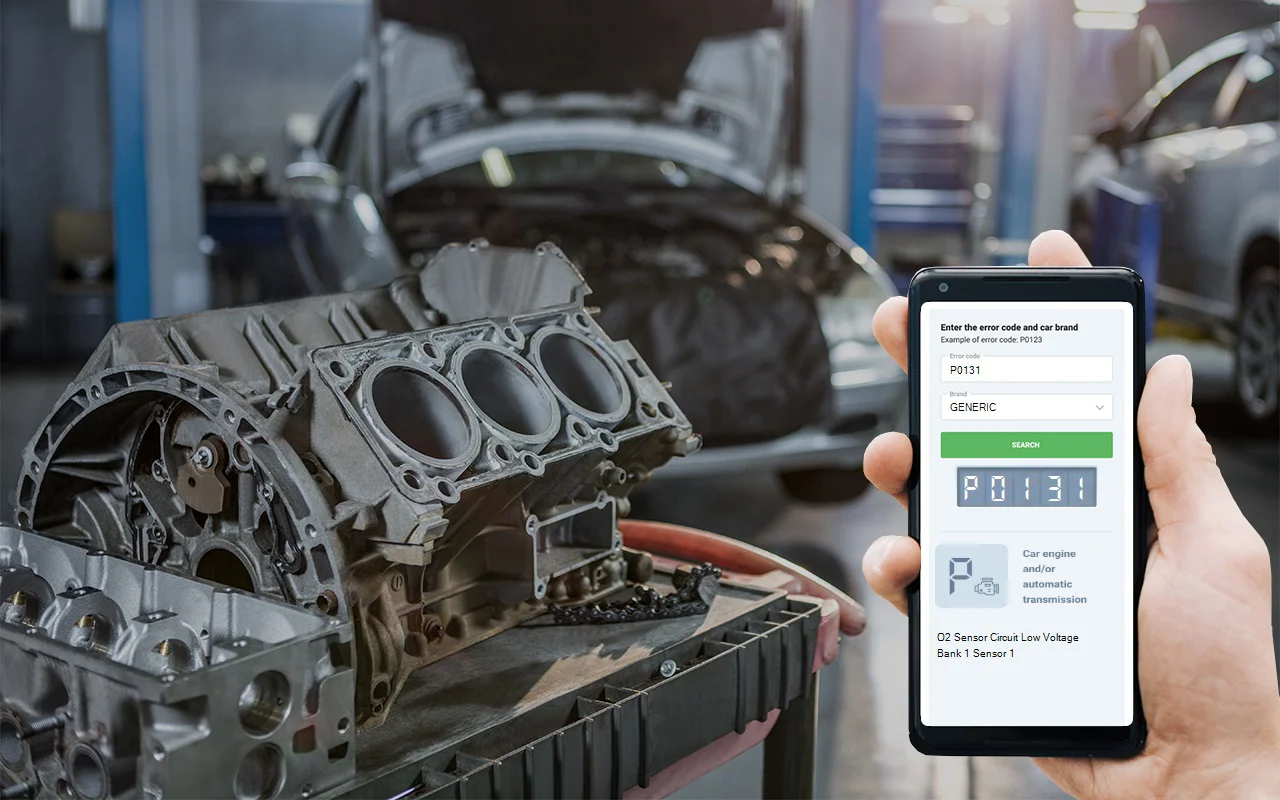The occurrence of this fault code indicates a problem detected in the primary oxygen sensor circuit of your engine, which controls the proper mixture of fuel and air. This could be related to the wiring, connector, or other damage to the circuit, and sometimes even the O2 sensor itself. To identify this fault, the ECM (engine control module) records a voltage through the O2 sensor circuit that is lower than the standard 1 volt.
The OBD diagnostic code you're dealing with is a standard one across many car manufacturers, including Renault, Skoda, Nissan, Ford, BMW, Kia, Mercedes, Toyota, Volkswagen, and others.







